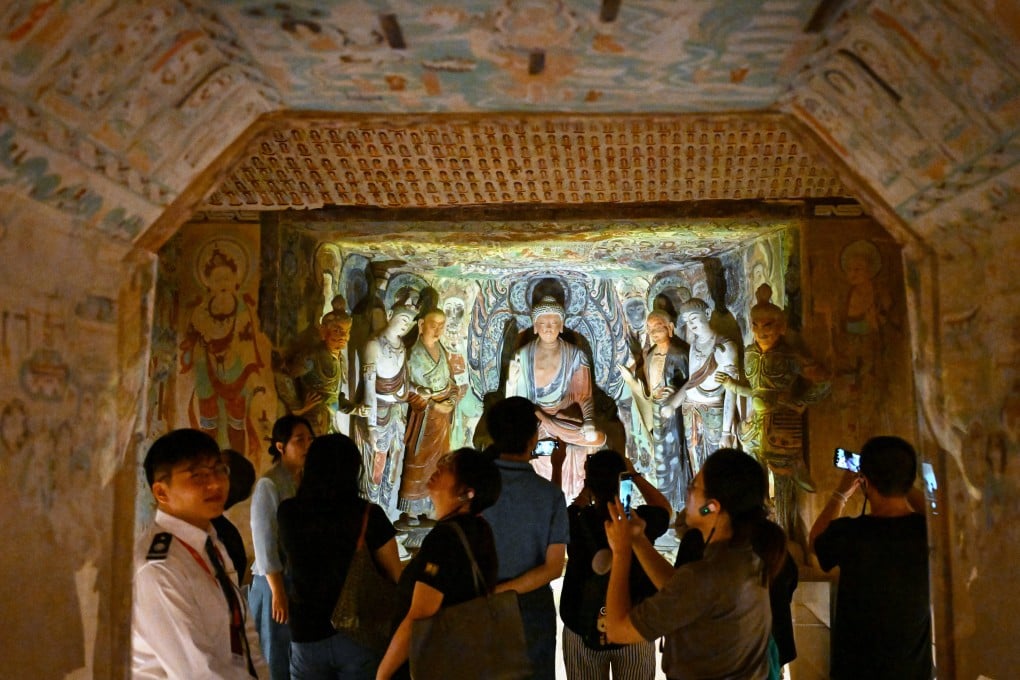From da Vinci to George Lucas, the myth and allure of China’s Dunhuang endures
For US scholar Neil Schmid, the silk road melting pot makes a ‘perfect’ platform for modern cultural exchanges

Neil Schmid is the first and only Western scholar hired by the Dunhuang Academy in northwest China’s Gansu province to study the nearby Mogao Caves, also called the Thousand Buddha Grottoes. He is convinced the site’s past provides a basis for modern cultural exchanges.
The diversity of the artefacts reflects Dunhuang’s status from the 2nd century until its decline in the 11th century as a melting pot of ideas, religions and art.
In the countless hours Schmid has spent in the caves since joining the academy in 2018, he has been struck by the diversity of religions and cultures represented in their many artistic layers. “And it is not one culture or religion that dominates,” he said.
Dunhuang could be “a bridge between China and the US” with its traces of Christianity, according to Schmid. “I think when Westerners hear that, it piques their curiosity, and they’re like, oh, this is really interesting and maybe it is not so foreign.”
